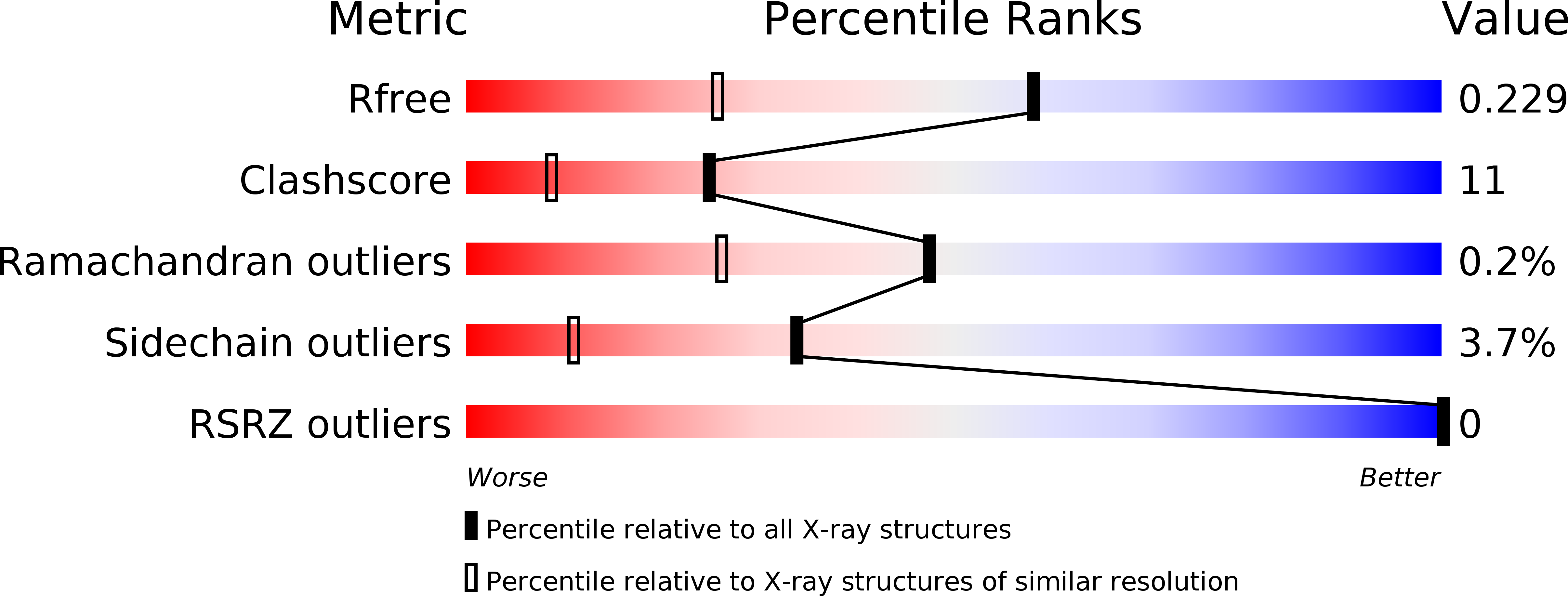
Deposition Date
2008-04-09
Release Date
2008-11-25
Last Version Date
2024-02-21
Entry Detail
PDB ID:
3CSE
Keywords:
Title:
Candida glabrata Dihydrofolate Reductase complexed with NADPH and 2,4-diamino-5-(3-(2,5-dimethoxyphenyl)prop-1-ynyl)-6-ethylpyrimidine (UCP120B)
Biological Source:
Source Organism:
Candida glabrata (Taxon ID: 5478)
Host Organism:
Method Details:
Experimental Method:
Resolution:
1.60 Å
R-Value Free:
0.23
R-Value Work:
0.18
R-Value Observed:
0.18
Space Group:
P 41


